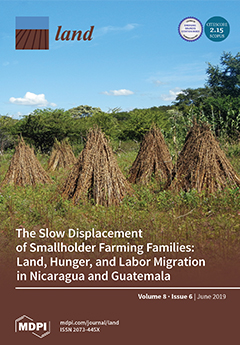Modelling Land Sharing and Land Sparing Relationship with Rural Population in the Cerrado
Agricultural expansion and intensification enabled growth of food production but resulted in serious environmental changes. In light of that, debates concerning sustainability in agriculture arises on scientific literature. Land sharing and land sparing are two opposite models for framing agricultural sustainability. The first aims to integrate agricultural activities with biodiversity conservation by means of enhancing the quality of the agricultural matrix in the landscape towards a wildlife friendly matrix.









